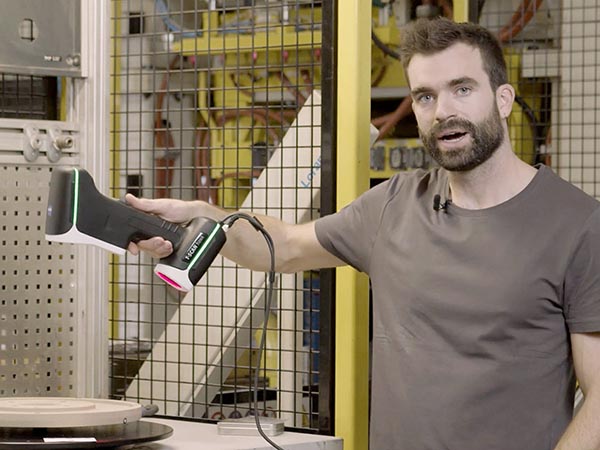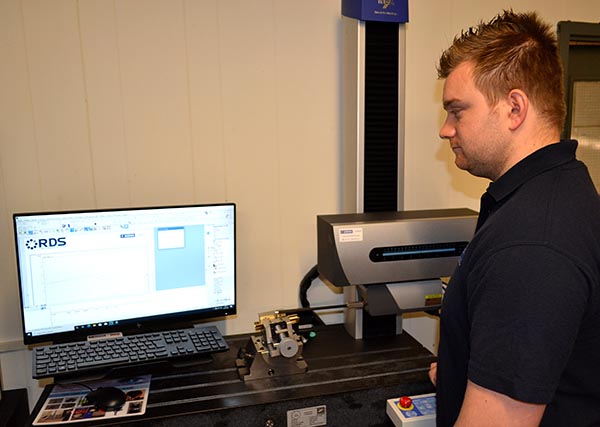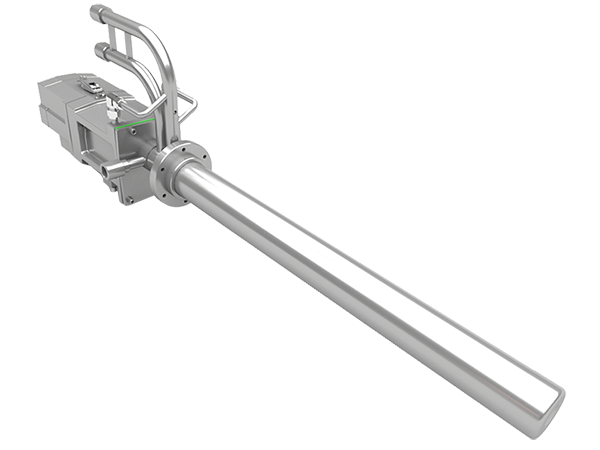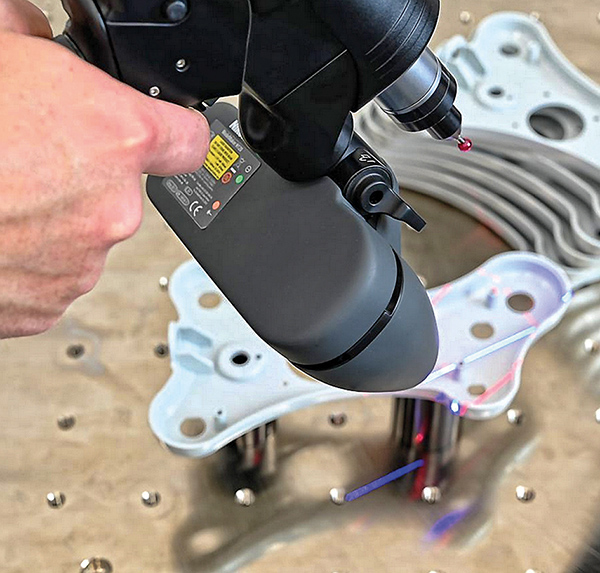
Baty International, part of the Bowers Group, recently supplied Broanmain Plastics with a Baty R14 profile projector to assist with its inspection and quality processes.
As a family-run technical trade moulder, Broanmain Plastics manufactures compression and injection moulded components used in various applications across many industries including, aerospace, electronics, railway signalling, filtration and climate management systems.
Between two sites in Surrey and West Sussex, Broanmain Plastics houses machinery with capacities up to 550 ton and a shot weight of over 1500 g. It is imperative to not only make sure the component is visually perfect, but also fail-safe where customers require the utmost safety from the part.
Looking to improve on the consistency of manufactured components, and work more effectively within time constraints, Broanmain Plastics decided to invest in the Baty R14 profile projector.
Managing director Jo Davis says: “Quality is vital for different reasons. For some, it’s safety-critical, for others the requirement may be more aesthetic. But what’s always required is consistency. I’ve been really pleased with the help, support and services from the Bowers Group. While I don’t operate the machine myself, we also use the shadowgraph in our tool room. The Baty R14 makes the process quicker and easier. It’s been an invaluable installation to both the quality team and the company as a whole.”
Speaking of the Fusion software, tool-room manager Kamil Stec adds: “Working with injection moulding, the parts we measure are often hard to fixture. We’ve found that the software’s feature align option saves a lot of set-up time. There are also several handy construction options available.”
For further information
www.bowersgroup.co.uk























